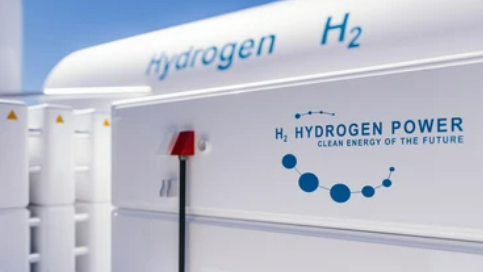
Haiden Holmes
Jan 03, 2023 11:12

Oil prices varied considerably in 2022, climbing due to constrained supply caused by the conflict in Ukraine, declining due to decreased demand from the world's largest importer, China, and fears of a global economic slowdown, but completing the year on Friday with a second consecutive annual increase.
As a result of Russia's invasion of Ukraine, global crude supplies were hampered in March, resulting in a price of $139.13 per barrel for Brent, the highest since 2008. As central banks raised interest rates and fueled worries of a recession, the second half of the year witnessed a precipitous drop in prices.
Ewa Manthey, an analyst at ING, stated, "This year has been unique for commodity markets, as supply concerns have led to increased volatility and higher prices." She predicted that the following year will be plagued with uncertainty and turmoil.
On the final trading day of the year, Brent crude closed at $85.91 per barrel, an increase of more than 3 percent to $2.45 per barrel. The settlement price for U.S. West Texas Intermediate crude was $80.26 a barrel, representing an increase of $1.86, or 2.4%.
Brent gained over 10% for the year, following a 50% increase in 2021. Following a 55% spike in 2021, the price of U.S. crude rose by around 7% in 2022. In 2020, due to the COVID-19 outbreak, both criteria declined significantly.
It is projected that investors would remain apprehensive about interest rate hikes and potential recessions in 2023.
John Kilduff, a New York-based partner at Again Capital LLC, observed, "Demand and demand growth will be a huge worry as a result of the global central banks' heavy-handed policies and the slowdown they are seeking to induce."
A study of thirty economists and analysts anticipated that Brent will average $89.37 per barrel in 2023, 4.6% less than the November consensus. The price of U.S. crude is expected to average $84.84 per barrel in 2023, a reduction from the previous prediction.
While an increase in end-of-year travel and Russia's limitation on crude and oil product sales have boosted crude, tighter supplies will be offset by a decrease in gasoline use due to a deteriorating economic situation in 2019, according to CMC Markets analyst Leon Li.
Oil prices will decline in the second half of 2022 as rising interest rates to combat inflation strengthen the U.S. dollar. This caused holders of other currencies to pay a higher price for dollar-denominated commodities, such as crude oil.
Since 2015, the dollar has been on track for its greatest annual gain.
The lifting of China's zero-COVID restrictions this month crushed hopes for a demand revival. The world's top oil importer and second-largest consumer reported a fall in oil demand for the first time in years in 2022.
China's oil demand is expected to rebound in 2023, but the recent rise in COVID-19 cases has dimmed expectations for a rapid increase in barrel purchases.
The number of oil and gas rigs in the United States climbed by 33% over the course of the year, according to the most recent report from the energy services business Baker Hughes Co.

Dec 30, 2022 11:28

Jan 03, 2023 11:20